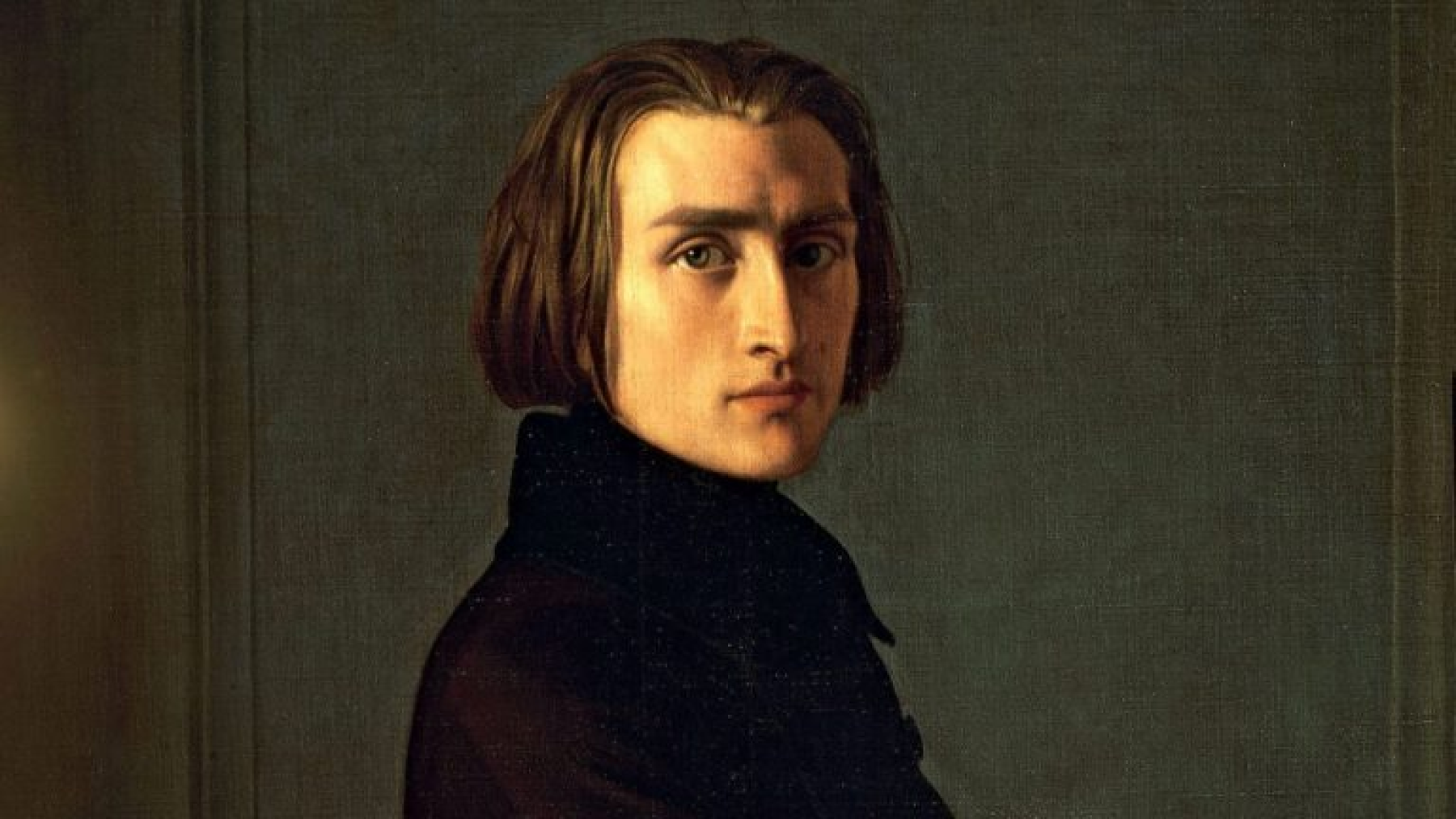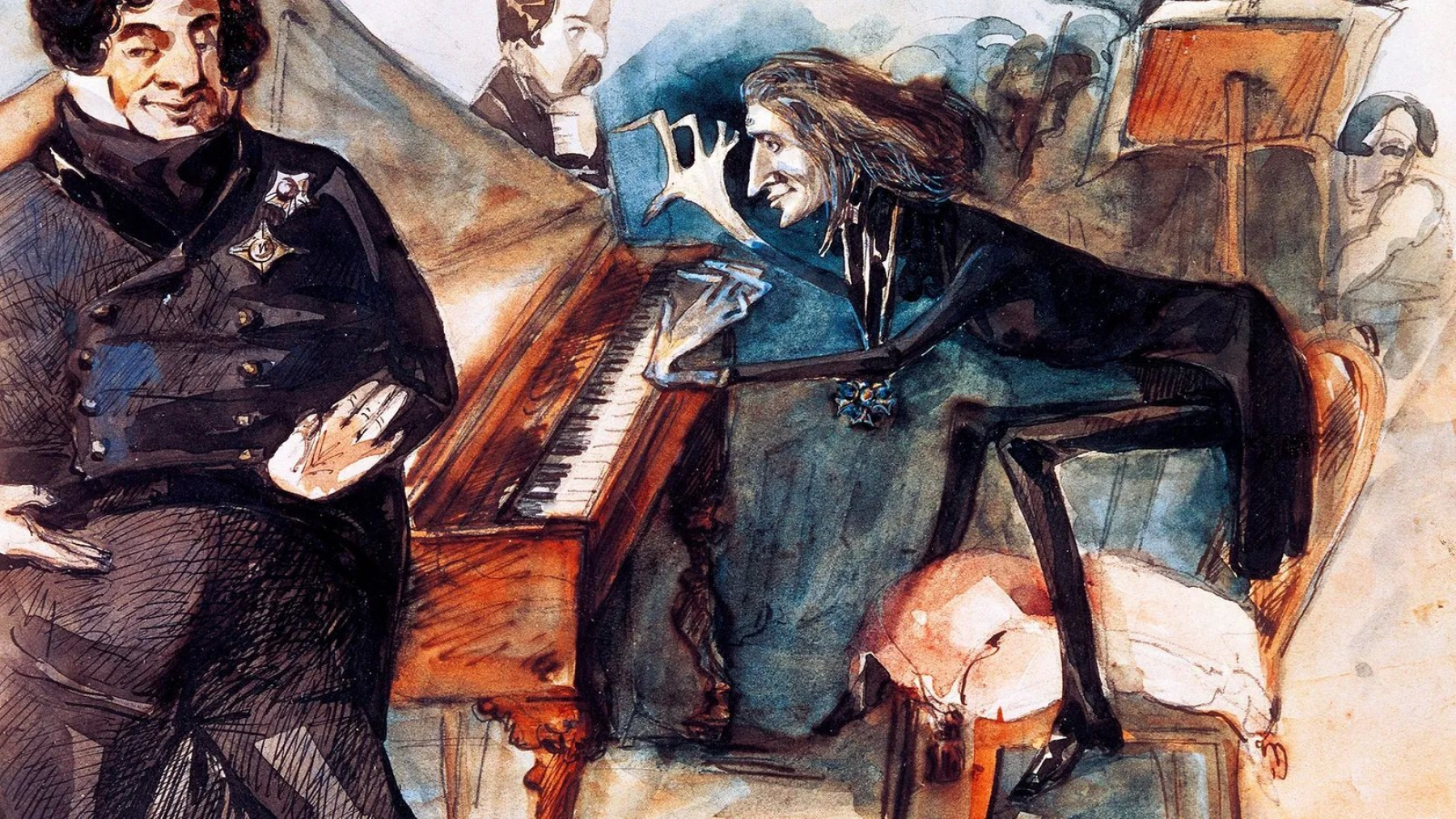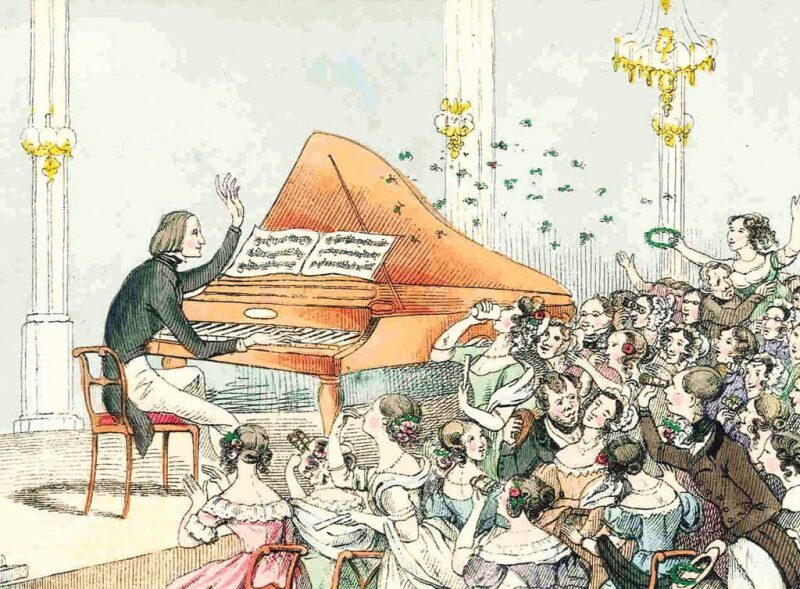You don’t need to be particularly well versed in music history to have heard of Franz Liszt, the greatest Hungarian composer of the 19th century, who set out as a child prodigy and earned world fame as a pianist. But it would be a mistake to typecast him on the strength of these two attributes because he had countless other faces as well: a conductor, an educator of wide reach, a bold innovator and a musical writer. This miniseries is dedicated to the perhaps less familiar aspects of the festival’s namesake.
Franz Liszt is not the first name that springs to mind when we hear the expression “rock star,” and yet there is a consensus among music historians that no one, up to the appearance of The Beatles, enjoyed a euphoric fan cult that came close to his – and so Liszt can rightly be called the rock star of his age.
Liszt was on the road almost continuously for nearly a decade, until 1847. He gave countless piano concerts from Dublin to Saint Petersburg, and from Lisbon to Constantinople, quickly becoming extremely popular with the music-loving public, especially the ladies. Along with his remarkable talent, he owed his success to his undeniably good looks and an image he invented for himself: the young Liszt did not hold back on stage, smoking casually and shaking his long hair as he became one with the music, and his dramatic, ecstatic style often took its toll on the instrument he was playing. His fans had the broken piano strings converted into jewellery, the ladies fought each other for his gloves, handkerchief and even his cigar butts, and the lucky ones had the trophies sewn into their clothes.

Portrait of the 28 year old Liszt by Henri Lehmann (1839)
After his concerts, fans attempted to get as close to their idol as possible, to be able to cut off a lock of his hair to wear later in a locket; the dregs of his coffee were preserved in phials; and like today’s youths, who wear badges displaying their favourite bands, ladies wore brooches and cameos bearing his portrait. At one point, this adoration even put Liszt’s life in danger. One agitated former student, Olga Janina, turned up at his apartment on Nádor Street, drew a revolver and threatened to shoot him for his refusal to return her love. She then attempted to poison herself – or pretended to do so.

Source: De Agosttini/Getty Images
The cultic adoration of Liszt prompted the great German poet Heinrich Heine to dub this mad enthusiasm “Lisztomania” – not without a certain measure of malice. In a feuilleton published on 25 April 1844, he wrote about the Paris concert season: “When formerly I heard of the fainting spells which broke out in Germany and specially in Berlin […] I shrugged my shoulders pityingly and thought […] it is a matter of the spectacle for the spectacle’s sake [...] Thus I explained this Lisztomania, and looked on it as a sign of the politically unfree conditions existing beyond the Rhine. Yet I was mistaken, after all, and I did not notice it until last week, at the Italian Opera House, where Liszt gave his first concert [...] This was truly no Germanically sentimental, sentimentalizing Berlinate audience before which Liszt played, quite alone, or rather accompanied solely by his genius. And yet, how convulsively his mere appearance affected them! How boisterous was the applause which rang to meet him! [...] What acclaim it was! A veritable insanity, one unheard of in the annals of furore!”
Incidentally, mania at the time was more a term applied to serious mental illness than to excessive infatuation. It is thus unsurprising that many considered Lisztomania a contagious disease, and that several proposals were put forth to prevent its spread.




